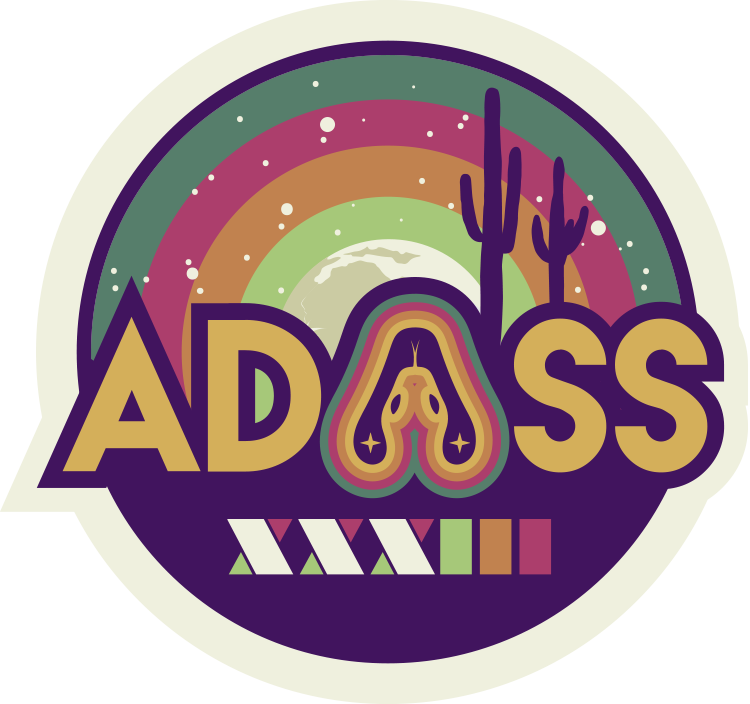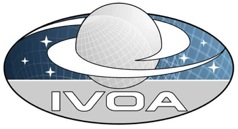ADASS posters are displayed all week
When
Theme: Software, tools and standards for Solar System, heliophysics, and planetary research
Scientific visualization serves as a critical bridge between complex data sets and meaningful insights, enabling researchers to gain a deeper understanding of intricate astrophysical phenomena. The primary goal of scientific visualization techniques is to provide visual images, 3D reconstructions and animations that assist scientists in identifying properties and correlations within large and complex data. Advanced visualization tools can also be used to learn in great depth aspects that are otherwise difficult to explore, such as the process of star and galaxy formation and the evolution of large-scale structures in the Universe. We present the latest developments and results of the VisIVO Framework and showcase its Visual Analytics environment. This environment, whose developments are driven by the 2020 ERC-Synergy funded project ECOGAL and SKA Regional Centres communities, enables the integration of different types of visualization to analyze the correlation between heterogeneous data to study the star formation process of our Galaxy. The software provides the ability to visualize and compare multi-wavelength 2D images with 3D data cubes, visualize compact and extended sources obtained through dedicated Table Access Protocol (TAP) and source extractor services, and generate moment maps. An overview of the software's main functionalities is presented, with some technical details outlining its visualization pipeline and its developments towards a client-server based implementation to enable on-site visualization.



